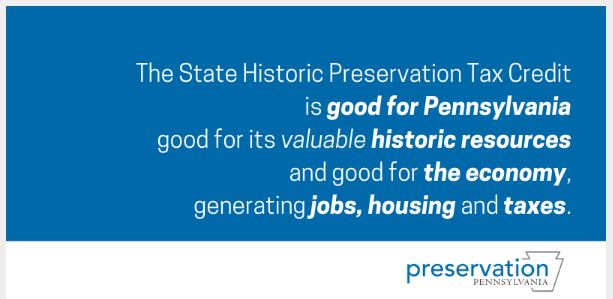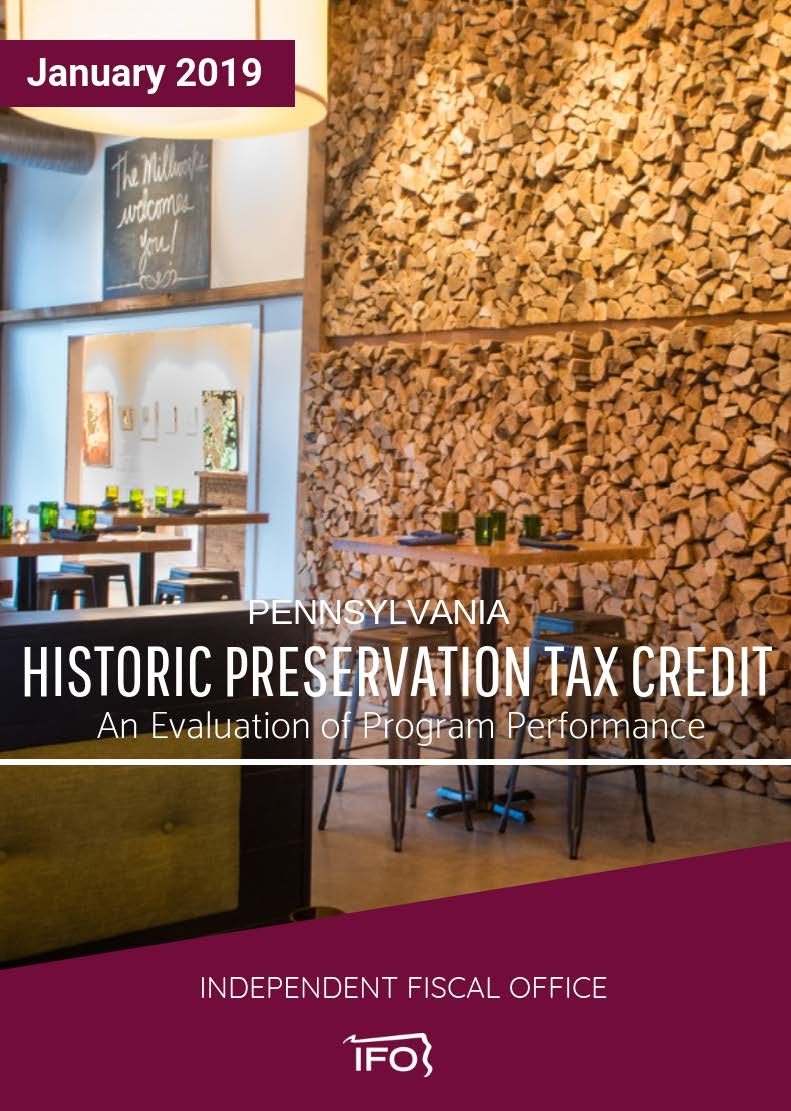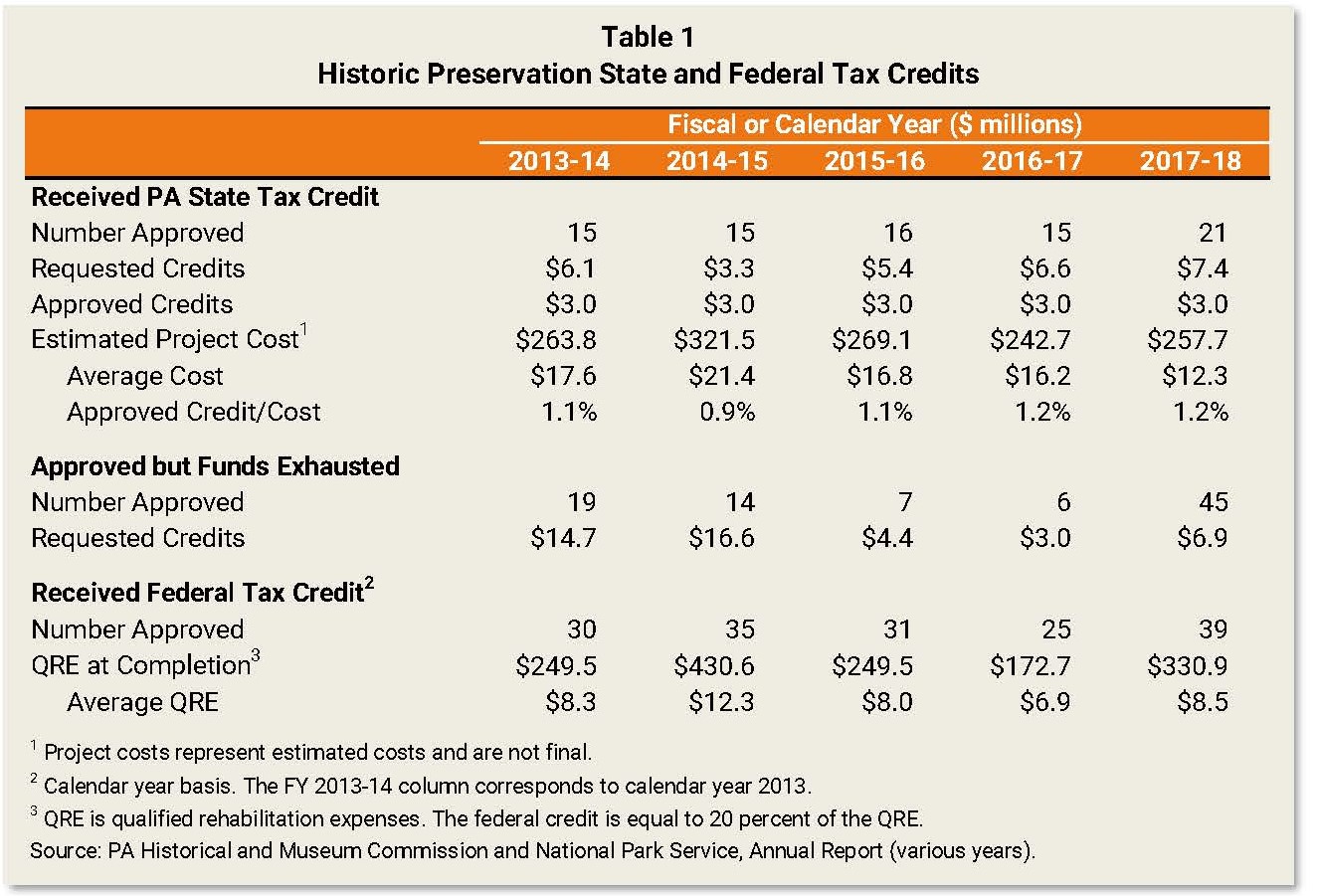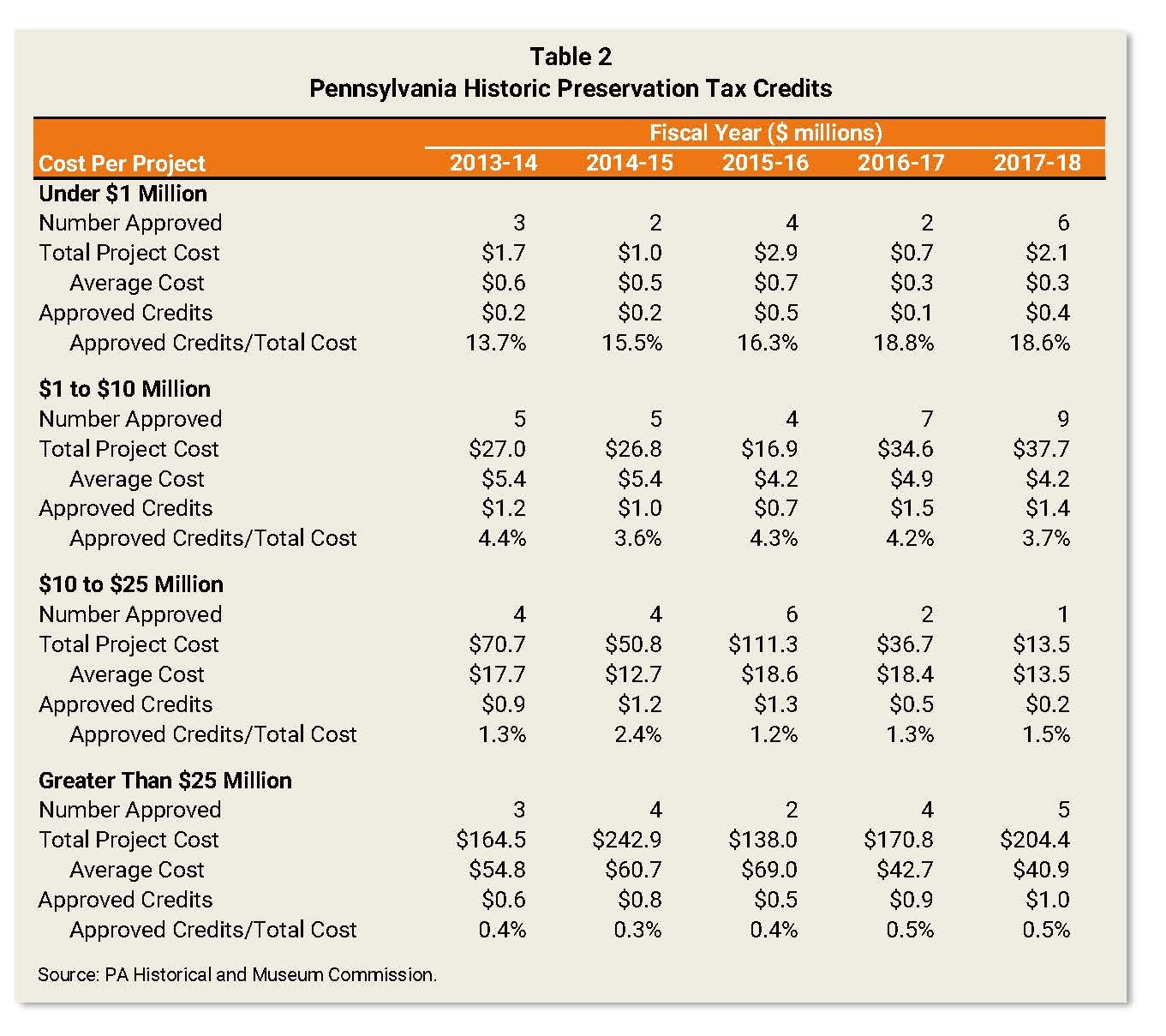Lots of work has been going on these past few weeks to reauthorize and expand Pennsylvania’s state Historic Preservation Tax Credit. Take a look!
If you need a quick recap of what the program is, what it does, and why it matters, check out our January post. Here is what’s new since then…
Preservation Pennsylvania’s Advocacy Alert
Looking for facts and figures? Interested in what you can do?

Preservation Pennsylvania’s message about Pennsylvania’s state historic preservation tax credit.
Check out Preservation PA’s Advocacy Alert webpage for answers to those questions and more. Preservation Pennsylvania is taking the lead to educate elected officials and potential supporters about the reauthorization effort. Here are some of the helpful things you can find on their site:
- “What’s Been Happening” timeline
- Sign on join their State Historic Preservation Tax Credit Coalition
- Info on contacting your state legislators and ask them to co-sponsor the tax credit legislation
- Helpful resources
Independent Fiscal Office Report
The Independent Fiscal Office (IFO) released their Performance-Based Budget report on the state historic preservation tax credit program and PHMC participated in a Senate hearing on the report on January 24, 2019. The report is a positive overview on the program and proposed several recommendations supported by PHMC.

IFO’s 2019 Historic Preservation Tax Credit Report
The general findings of this report are:
- The current tax credit is insufficient to motivate large projects and likely incentivizes small projects only. Historically, the credit has offset roughly one percent of total qualified rehabilitation expenses (QREs).
- The credit allocations are subject to too many constraints: an aggregate dollar cap ($3 million), a per project dollar cap ($500,000) and regional considerations. Due to these factors, DCED does not approve credits that exceed $250,000 per project.
- Stakeholders note that the application process generally works well, but the awards process would benefit from quicker turnaround, more transparency and predictability.
- There are many positive spillover effects from rehabilitation projects that are difficult to quantify. Policymakers should not base their decision to extend or increase the tax credit solely on short-term economic returns or job creation.
The IFO report includes six recommendations. You can take a look at the full report for a more complete discussion of these recommendations.
- If the tax credit is extended, policymakers should increase the aggregate dollar cap and per project cap, assuming that the allocation process is changed from a lottery system to a scoring system. If possible, a fixed schedule should be used for credit allocation dates.
- The regional allocation requirement should be relaxed. If desired, regional preferences can be built into a scoring system and adjusted on an annual basis.
- If the tax credit is increased, policymakers should consider separate allocation pools for small and large projects.
- The current credit is transferable. It should also be made refundable.
- Applications should include a fee to offset new and existing program costs.
- If the credit is extended and increased, PHMC or DCED should track specific performance metrics for the next evaluation that will occur in five years.
The full report is available at IFO website at http://www.ifo.state.pa.us/releases.cfm?id=245
Data
Table 1, below, provides detail for the Pennsylvania HPTC for FY 2013-14 through FY 2017-18. The data reflect awards, as opposed to the application of tax credits to offset tax liability. The data show that 15 to 21 projects received a credit allocation, and allocations typically comprise one-half to three-quarters of the requested amount for projects that ultimately received an allocation. Credit allocations comprise roughly one percent of estimated project costs. Data from the PHMC show that additional projects sought credit allocations, but available funds had been exhausted by the time the applications were received and approved.
The bottom of Table 1 displays data from the U.S. National Park Service for federal tax credits used by rehabilitation projects in Pennsylvania. The federal credit is equal to 20 percent of QRE. For FY 2016-17, the PHMC notes that 71 of 73 state applicants also applied for federal tax credits. An applicant is not required to apply for the federal program in order to apply for the state program. Between 25 to 39 projects received a federal tax credit, and those projects reported $250 to $431 million of federal QRE. The average QRE per project ranged from $7 to $12 million. The PHMC notes that QRE typically represents roughly 82 percent of the total project costs for a rehabilitation project because certain costs (e.g., acquisition costs, landscaping and parking lots) do not qualify for the federal or state tax credit.

Historical HPTC DData
Table 2, below, provides a breakdown of tax credits based on the project costs. For FY 2017-18, a breakdown of the 21 approved projects was as follows:
- Five recipients exceeded $25 million in project costs and the state tax credit offset 0.5 percent of total costs.
- One recipient reported project costs between $10 and $25 million and the state tax credit offset 1.5 percent of total costs.
- Nine recipients reported project costs between $1 and $10 million and the state tax credit offset 3.7 percent of total costs.
- Six recipients reported project costs under $1 million and the state tax credit offset 18.6 percent of total costs.

Pennsylvania Historic Preservation Tax Credit
Comment Policy
PHMC welcomes and encourages topic-related comments on this blog. PHMC reserves the right to remove comments that in PHMC’s discretion do not follow participation guidelines.
Commenters and Comments shall be related to the blog post topic and respectful of others who use this site.
Commenters and Comments shall not: use language that is offensive, inflammatory or provocative (this includes, but is not limited to, using profanity, obscene, or vulgar comments); disparage other commenters or people; condone illegal activity; identify the location of known or suspected archeological sites; post personal information in comments such as addresses, phone numbers, e-mail addresses or other contact details, which may relate to you or other individuals; impersonate or falsely claim to represent a person or an organization; make any commercial endorsement or promotion of any product, service or publication.
If you would like to comment on other topics not related to this blog post but related to PHMC, please fill out the PHMC Contact Us Form.
Leave a Reply